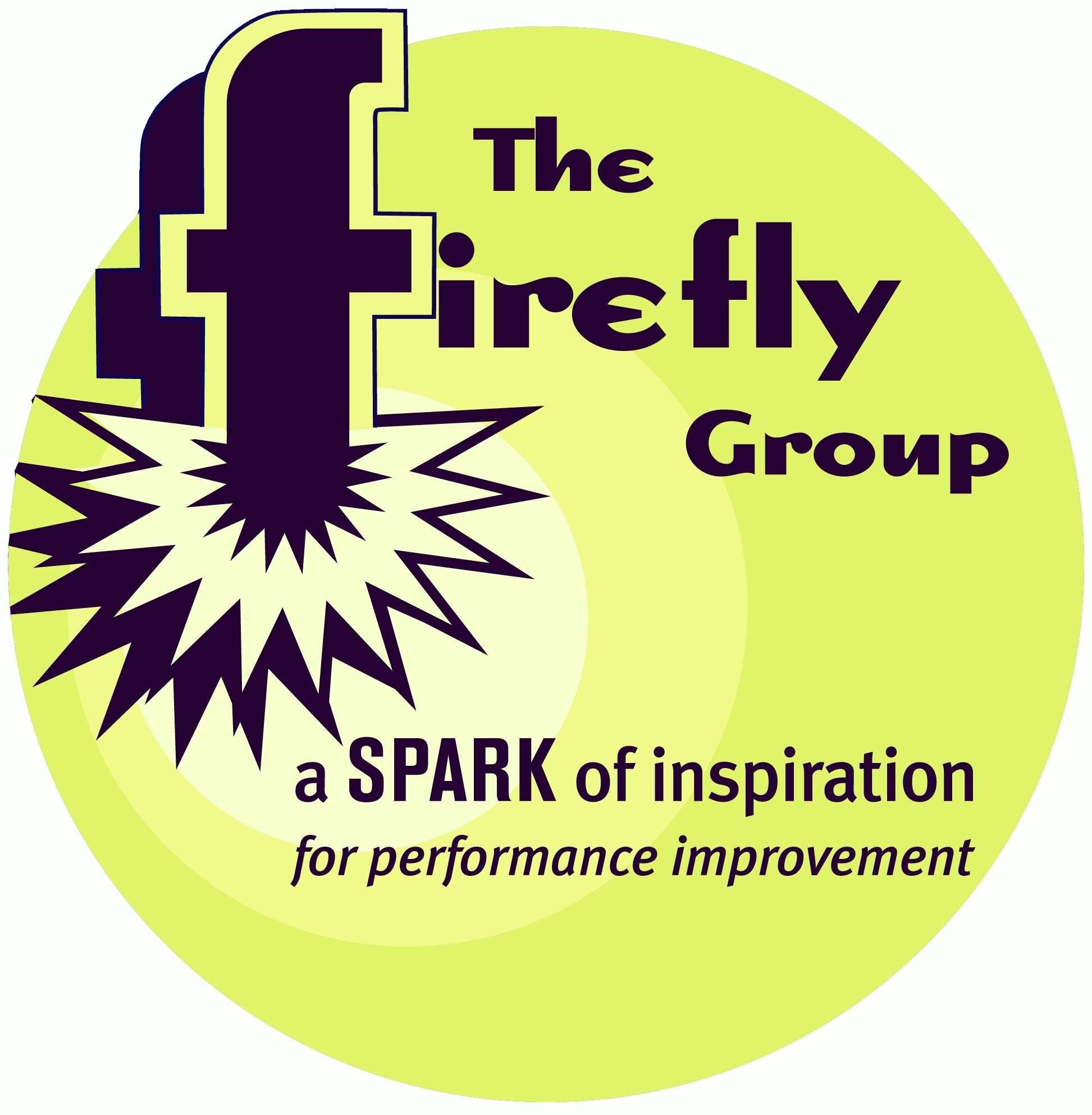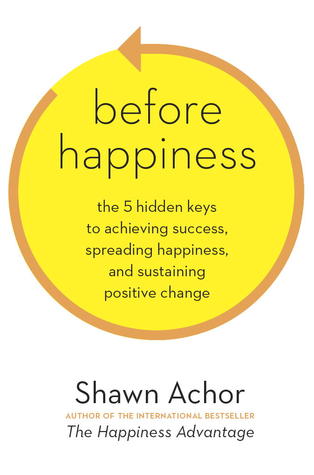

What's New

Words of Wisdom
52
cards and 15 activities to spark conversations and make sense of learning.
Learn more HERE.
What We Do
The Firefly Group helps people make sense of what they learn and experience.
Whether facilitating a group for better decision-making, keynoting a conference, leading a training, or writing an instructional design, we use novel methods that engage, spark creativity, and produce memorable results.
 If
this sounds like a good direction for your organization, let's talk about
how we might collaborate! Please give me a call (802.257.7247) or send an
. - Brian
If
this sounds like a good direction for your organization, let's talk about
how we might collaborate! Please give me a call (802.257.7247) or send an
. - Brian
 Your ETR (Estimated Time to Read): 10 minutes Your ETII (Estimated Time to Implement Ideas): 5 weeks |
What
can you teach with a glass of water and an index card?
Watch my video and
find out!
April 2016
|
Say
It Quick |
Discoveries bits of serendipity to inspire and motivate |
Ideas fuel for your own continuous learning |
Activities tips and tricks you can try today |
| Before Happiness | Fostering a Growth Mindset |
How far can one individual's positive attitude and drive take a whole organization? Learn more beginning with this story in just 99 words. Learn more beginning with this story in just 99 words.
Happiness
Mary has had a hard life. The oldest of six children, she was always a caretaker. But when her parents fell ill, Mary became the "teenaged manager" of the whole family helping her siblings survive emotional and financial hardships. As an adult, she works and lives with people who have severe mental and physical disabilities. You'd think she'd be pessimistic yet she is one of the happiest people I know. How?"With life in constant chaos," she says, "I realized that the only thing I could control was my own attitude."
Choose your outlook and shape your life.
 Before
Happiness
Before
Happiness
by Shawn
Achor
I used to think that happiness was something that just happened to you - or didn't! But that was years ago and long before positive psychology hit the mainstream. Now we know so many ways that we can influence our own level of happiness and impact the wellbeing of those around us as well.
Enter Shawn Achor and his book Before Happiness. Achor, a researcher of positive psychology, has already written about the benefits for individuals and organizations of being happy in The Happiness Advantage. In this new book, Before Happiness, Achor outlines the ways to create and sustain an environment of positivity.
He begins with the concept of "positive genius," a combination of IQ, emotional intelligence, and social intelligence. Like Mary in the 99-Word Story, positive genius allows one to "see a reality in which success is possible," (Achor p.9). Recognizing one's ability to change a negative situation into one with a positive outcome is central to building an environment of happiness.
Achor argues that, with the perspective of multiple alternative realities, one can add vantage points and see different ways of achieving one's goals. With more options and more ways to consider them, one can choose the most valuable strategies to pursue.
Subsequent chapters of the book describe how to map realistic routes to reach goals, how to accelerate one's rate of success, how to eliminate noise and distractions, and how to spread happiness within families, teams, and organizations.
The concepts in Before Happiness, are backed by recent research in neuro and social science. For example, when we can see the possibility of reaching a goal (70% of the task accomplished), our brain emits dopamine which stimulates our mental and physical activity. Or, when we share our happiness by simply smiling at people more, their mirror neurons are activated inducing them to smile and feel better themselves. Each chapter ends with three to five easy steps anyone can take to become happier.
With Achor's book, it's easy to see that happiness is something you can chose and shape for life.
Resources:
Before Happiness by Shawn Achor, Random House, Inc., © 2013, ISBN 978-0-7704-3673-5.
Mindset
In the Firefly News Flash of May 2014,
I shared as that month's Discovery the work of Carol Dweck, a psychologist
at Stanford University who has focused on the adaptive importance of a positive
attitude.
Her work is referenced in Achor's book, Before Happiness. Achor notes that Dweck has identified how positive attitudes help us foster a growth mindset. The belief that we can always grow, change, and influence ourselves and our environment is critical to seeing more options for our lives and more avenues for our success.
With a negative attitude, we tend to see fewer options. It's a defensive stance that prepares us for either fight or flight. Though that may save us with an escape route from immediate danger, it does little to help us see a path to new possibilities.
One of Achor's many suggestions to become happier is to chart a path to success before devising one for escape. In other words, the time we might spend worrying about how to avoid all the traps and troubles is time we could have spent inventing ways to reach our goal successfully.
It's OK to view problems realistically. But to worry about things you cannot change or to dwell on improbable negative events, leaves little time or energy for creating the behaviors and processes that will shape the outcome that you really desire.
Fostering
a Growth Mindset
(Adapted from Mindset by Carol
Dweck)
Achor and Dweck both talk about the importance of fostering a growth mindset, one that sees possibilities and options for continual growth. A fixed mindset is one that Dweck says keeps us stuck in the way things are or have been, reducing our willingness to change. Whatever mindset we typically use to view the world, we can always make it more positive and invite more growth. This activity, adapted from a quiz on Dweck's website, is designed to introduce people to the differences between a fixed and a growth mindset.
Red and Green
Materials:
- Two signs one saying "Agree" the other "Disagree"
- Set of fixed and growth mindset statements
- Four bowls of Counters (e.g. beads), two red and two green
Number of people: 4 to 50
Time: 15 minutes
Procedure:
Designate one side of the room to be Agree and the opposite Disagree and post the signs appropriately. Under each sign, place a bowl of Red Counters and a bowl of Green Counters.Announce that you will make a series of statements and that you would like people to move to one end of the room if they agree and to the other end if they disagree. Ask people to move to one side or the other for each statement that you make.
Make each statement one at a time allowing time for people to make their decision and move. When everyone is at one end of the room or the other, use the chart below to indicate which color counter people should take. (NOTE: The statements are mixed so that simply agreeing with all the statements does not automatically indicate one type of mindset.)
For some statements, ask a few people to explain their choice, if you wish. Once everyone is in position, indicate what color marker they should take depending upon whether they Agree or Disagree for each statement.
Everyone has a certain amount of intelligence at birth, and it doesn't really change much Your intelligence is something about you that you can't really change No matter who you are, you can significantly change your level of intelligence With education, you can substantially change how intelligent you are Your level of talent is something that can increase as you gain experience Most people are born with a certain amount of talent and that's that Talent is something that can increase if you practice If you have talent, you are lucky. If you don't have talent, too bad for you!
Ask everyone to sit down and count the Red and Green Counters they have accumulated. Explain that the statements represent different points of view about our mindset, or the way we view the world. If you picked up mostly Red Counters, you tend to have more of a fixed mindset. If you have mostly Green Counters, you tend to have more of a growth mindset.
Explain that research shows that people with a growth mindset usually have a positive point of view, often see solutions even in times of trouble, have an easier time making changes, and tend to be happier than people with a fixed mindset.
Also point out that if someone has more Red Counters, there is no need to worry. Anyone can explore ways to change to more of a growth mindset. You can begin by studying the statements for which you received Red Counters. You can also have a conversation with someone who accumulated more Green Counters than you did.
Discussion:
- Which of the statements did you have the strongest reactions to?
- Look at one of the fixed mindset statement you believe to be true. Explain why you believe this is true. What evidence backs up your belief?
- Give some examples of both a growth and a fixed mindset at work.
- How might having more of a growth mindset help you at work, at home, or on your team?
- Rewrite one of the fixed mindset statements to make it a growth mindset statement
Try this activity then what happened!
|
Whether you need a keynote speaker, or help with strategic planning, performance improvement, or training facilitators and trainers in your organization, I look forward to your call (802.257.7247) or . -- Brian |
Read previous
issues. Click Library!
To add or delete your name to our mailing list, email
with a short note in the subject line.
I want this newsletter to be practical, succinct, and thoughtful. If you have suggestions about how I can meet these criteria, please let me know! Send me an with your thoughts and ideas.
Home
| Services | Products
| Mission | Ideas
| The Group | The
Buzz
(c)
2016 The Firefly Group